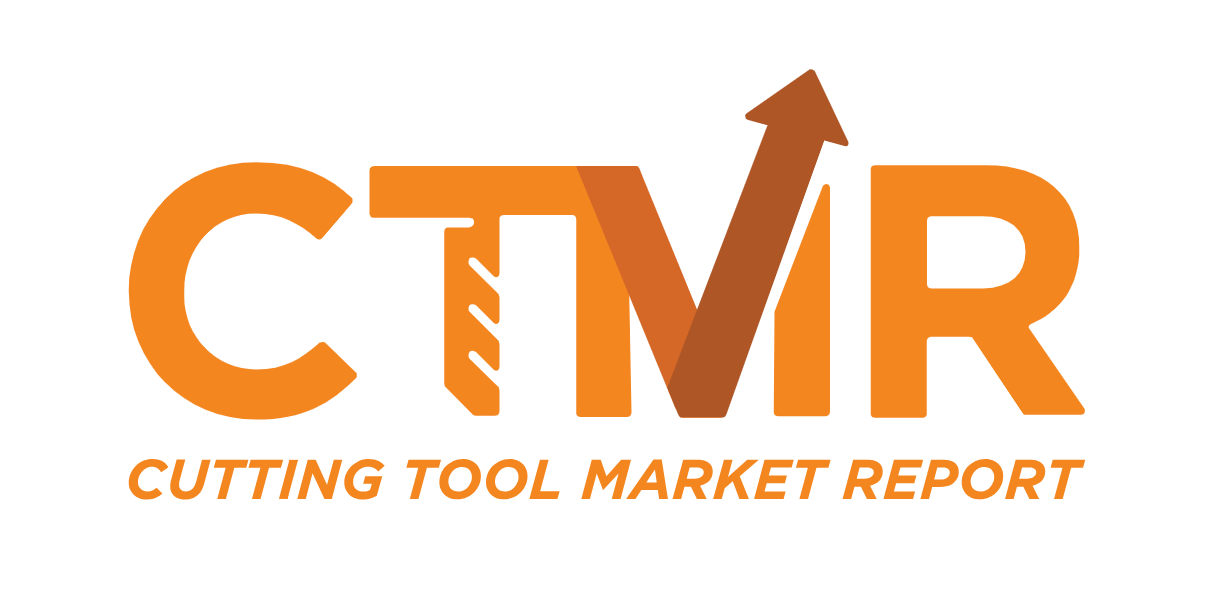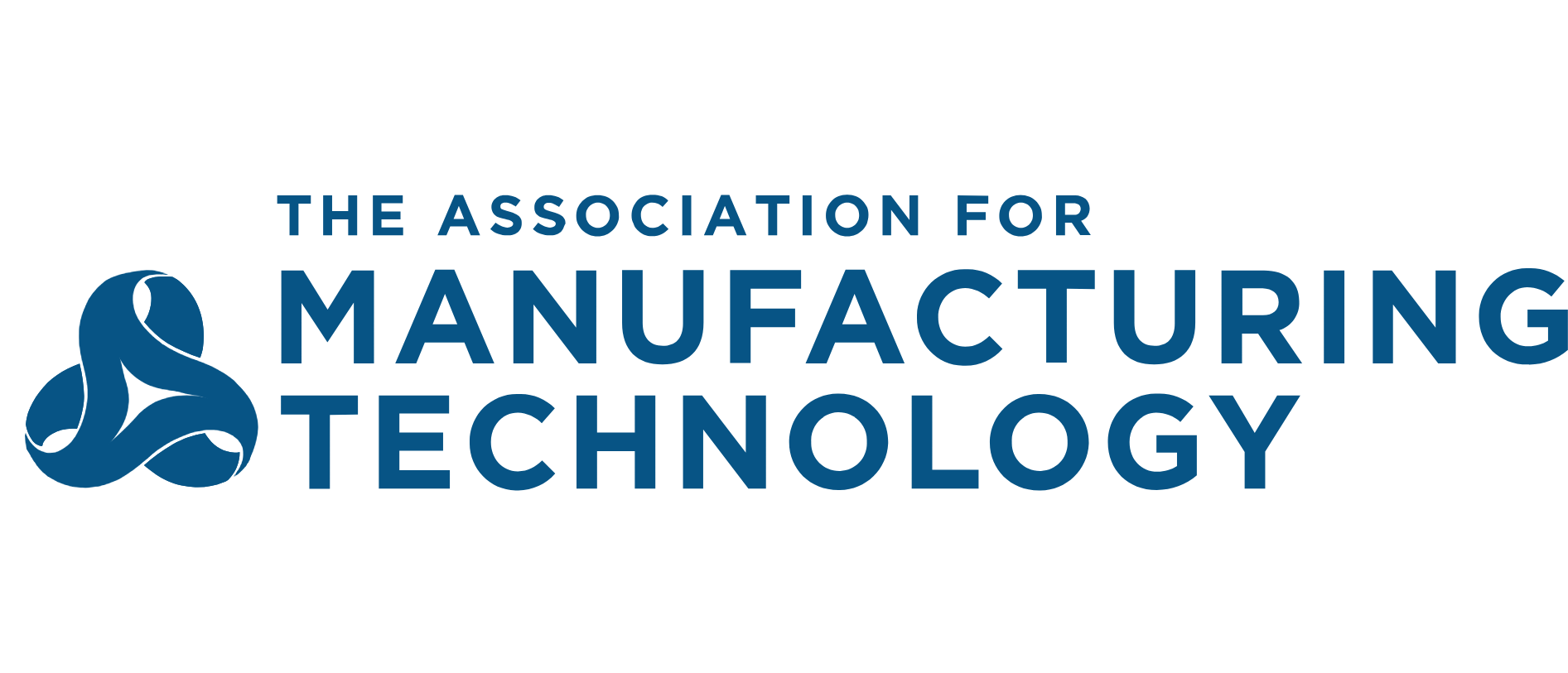
Shipments of cutting tools, measured by the Cutting Tool Market Report, a collaboration between AMT – The Association For Manufacturing Technology and the U.S. Cutting Tool Institute (USCTI), totaled $222 million in September 2025.
Orders increased 5.3% from August 2025 and 14.7% from September 2024. Year-to-date shipments totaled $1.88 billion, down 1.1% from the same period in 2024.

“Most users remain concerned about their backlog, future orders, and inventory, especially for the transportation sectors of manufacturing,” said Jack Burley, chairman of AMT’s Cutting Tool Product Group and president of Big Daishowa, a cutting tool manufacturer. “For September, cutting tool deliveries were normal, and some optimism that unstable business conditions may be improving was tempered by the higher cost of products and lower profitability. Unit prices for most cutting tools are up by double digits due to price hikes caused by tariffs and increased costs for raw materials. I don’t expect to see any improvements in the fourth quarter.”
Michelle Kocses, senior economist at ITR Economics, said: “Cutting tool orders for September came in 14.7% above September 2024. Even more encouraging is that the third quarter, as a whole, surpassed the third quarter of 2024, suggesting that this budding positive momentum is not a one-month fluke.
Buttressing this rise, U.S. industrial production is in an accelerating growth trend. Capex is beginning to pick up as confidence gradually improves, but there are soft spots in oil and gas drilling and heavy truck markets. Forward-looking evidence points to measured optimism for 2026.”
The Cutting Tool Market Report is jointly compiled by AMT and USCTI, two trade associations representing the development, production, and distribution of cutting tool technology and products. It provides a monthly statement on U.S. manufacturers’ consumption of the primary consumable in the manufacturing process, the cutting tool. Analysis of cutting tool consumption is a leading indicator of both upturns and downturns in U.S. manufacturing activity, as it is a true measure of actual production levels.

